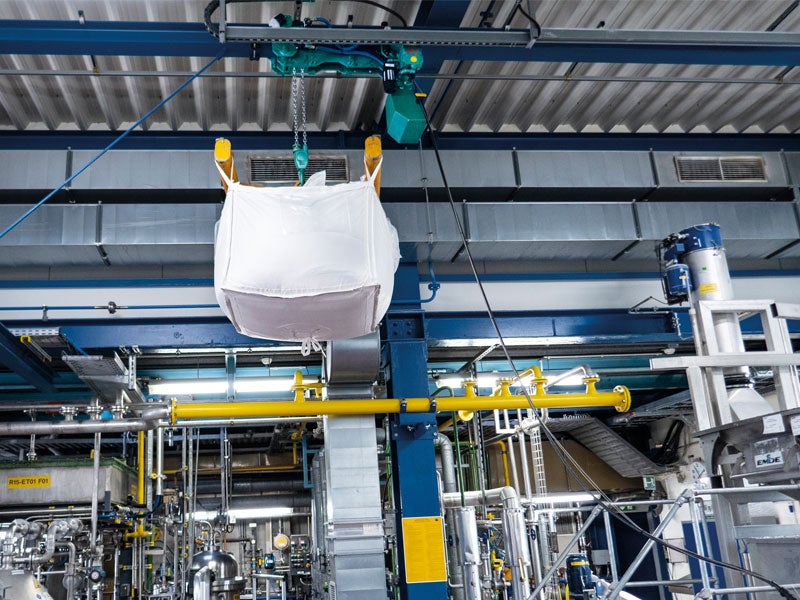
When considering a new investment in hoist technology, a full comparison between pneumatic and electric hoists can pay real dividends. In short, pneumatic hoists from J D Neuhaus (JDN) offer numerous advantages over their electric counterparts. In areas such as duty cycle, variable speed control, weatherproofing, installation and operation, maintenance, robustness, investment costs, lifetime costs and of course safety, a JDN pneumatic hoist really makes a difference.
Duty cycle is amongst others an important area of focus. Electric drives can only be used for intermittent operations (S2 duty), so are not suitable for continuous use. Conversely, JDN’s pneumatic hoists have no downtime and a 100% duty cycle rating. In addition, JDN pneumatic hoists can work constantly without causing excessive temperatures thanks to the patented design self-cooling gearbox, where decompressed air flows through channels within the gearbox to cool the gear train. This, of course, offers a great benefit to end users as hoists can be in uninterrupted use over multiple shifts.
With regard to variable speed, a pneumatically operated hoist is able to offer easy, accurate and wide-ranging speed control at low cost, enabling simple, sensitive and accurate positioning of loads in all environmental conditions. In comparison, an electric hoist will require a frequency converter (also known as a VFD) and shielded wires to prevent radio interference, while the motor will need thermo-elements to avoid increased heating at the windings.
Clearly, safety becomes a major issue for electric hoists in potentially explosive environments such as oil rigs, mines and paint shops. Moreover, it is challenging to configure electric drives for use in such areas, at least not without considerable cost. In contrast, there are no such issues when using air-operated hoists from JDN. By using compressed air as the driving media, they are suitable for use within dust-laden atmospheres, including areas at risk of explosion and even where organically flammable chemicals are in use.
Of course, if the hoist is intended for outdoor use, the whole issue of weatherproofing arises. Using an electric hoist for such an application means careful selection based on its IP protection class rating, which denotes its ability to resist the ingress of solids and moisture. Needless to say, there are no such issues with JDN’s pneumatic hoists which, as non-electric equipment, are not subject to the IP rating system. Any contaminants such as dirt or water are simply blown out by air without any compromise to functionality. This is also crucial in areas where hoists need to be cleaned at regular intervals or within humid environments, such as the food industry.
Pneumatic hoists are low in weight compared with their electric counterparts, making them more mobile and far easier to handle. Not that this factor compromises operational strength, as air hoists are ideal for performing large lifting heights, providing true vertical lift without any limitation in the number of starts/stops per hour. The simplicity of pneumatic hoist technology also lends itself to easier installation compared to electric hoists which require qualified personnel.
Pneumatic hoists contain relatively few mechanical components compared to electric hoists and fewer components means less to go wrong. JDN’s modular design also provides simple access to all parts making maintenance easy. This results in less downtime and faster, more affordable repairs.
Finally, when comparing the cost of pneumatic and electric hoists, many factors must be considered beyond the price tag, including installation, operation, inspection and maintenance costs. Upon performing this TCO (Total Cost of Ownership) calculation, the economic advantages of pneumatic hoists quickly become apparent.


